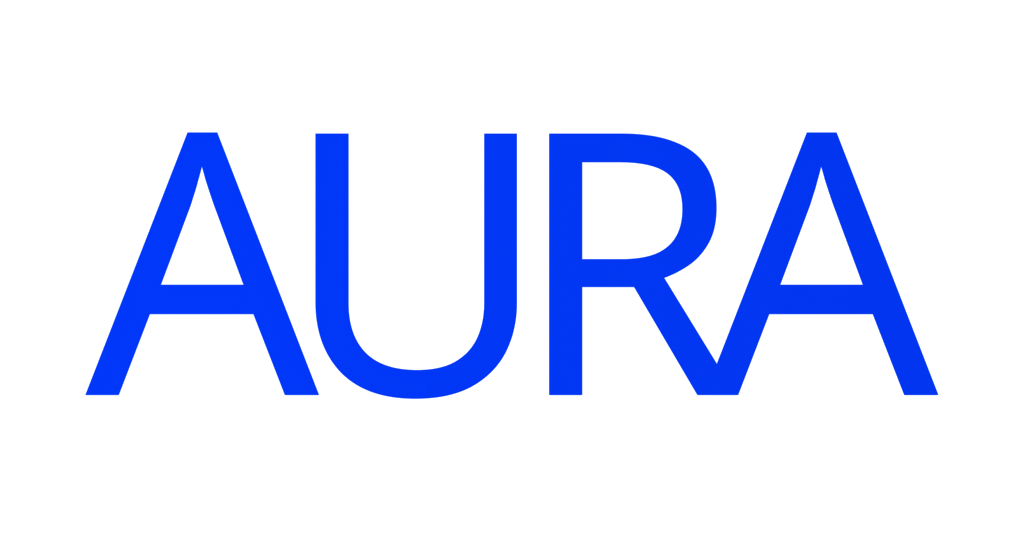Aura Health is a SaMD and DTx digital-health software-engineering partner that architects, codes, and validates solutions on top of the leading commercial platforms, or cloud stacks our clients already own.
Our role is to give life-science organisations the shortest, safest route from clinical concept to globally deployable SaMD product.
Randomized trials and real-world data now show that modern digital-health platforms can halve emergency-department visits, cut readmissions by almost 60 %, and push long-term therapy adherence above 70 %. Regulatory bodies have caught up: EU-MDR and the FDA both require Software as a Medical Device (SaMD) to launch with airtight cybersecurity, clinical evidence, and post-market surveillance from day one.
1. Clinical proof at scale across disease areas
| Outcome (index condition) | Usual care | Platform-enabled care |
|---|---|---|
| 30-day readmissions (mixed high-risk) | 0.45 events/patient-year | 0.19 events/patient-year |
| ED visits (same cohort) | 0.48 events/patient-year | 0.06 events/patient-year |
| Adherence to long-term drug therapy (HTN & DM) | 34 % of doses taken | 74 % of doses taken |
| HbA1c reduction (T2DM, DTx app) | –0 % vs baseline | –0.8 % vs baseline |
See Figure 1 – clinical outcomes – platform vs usual care
Four datapoints from multi-centre studies illustrate what happens when evidence-based workflows are translated into production software:
- Readmissions –58 % – heart-failure and COPD cohorts, followed through digital alerts and titration advice, came back to the hospital far less often.
- ED visits –87 % – early deterioration signals captured by connected devices divert crises into outpatient care.
- Adherence +40 pp – behaviour-science nudges and refill automation nearly double chronic-therapy persistence.
- HbA1c –0.8 % – algorithmic coaching produces clinically meaningful glycaemic drops in type-2 diabetes.
Aura Health engineers capture those proven care pathways in secure APIs, rule engines, and front-end flows that satisfy IEC 62304 and ISO 13485 from the first sprint.
2. Regulatory reality—SaMD-grade from line 1 of code
- Aligned with IMDRF & EU-MDR class rules — we run a formal software-risk classification, generate design inputs, and link each requirement to Jira-based trace matrices.
- Cyber-secure by default — threat modelling, penetration testing, and a software bill of materials follow the FDA’s 2023 cybersecurity guidance, so reviewers see risks closed rather than “to-do.”
- Documentation on tap — our DevSecOps pipeline spits out V&V summaries, architecture diagrams, and risk files whenever the codebase tags a release, meaning draft MDR Annex II dossiers are minutes away, not months.
3. Architecture that scales without re-validation
- Micro-services with FHIR/HL7 APIs — rapid onboarding of Bluetooth devices, lab feeds, and EHRs without monolithic rewrites.
- Federated analytics — raw patient data stays inside sovereign EU or Swiss regions; only model deltas move to the cloud, preserving GDPR while enabling machine learning.
- DevSecOps pipeline — automated unit tests, static-code analysis, and vulnerability scans compress release cycles to two weeks, even for Class IIa SaMD.
- Zero-trust security fabric — every session encrypted with TLS 1.3, every device authenticated by certificate, every action logged immutably.
These aren’t buzzwords—they’re battle-tested patterns we deploy on AWS, Azure, or private OpenShift clusters, chosen to match each client’s compliance envelope and scaling forecast.
4. Health-economic upside
Digital-therapeutic programmes for diabetes report net savings of roughly € 1,400 per patient-year by avoiding complications and admissions. COPD and heart-failure remote-monitoring pilots see >20 % ROI inside the first contract year. Because Aura Health re-uses certified building blocks wherever regulators allow, those economics transfer across therapy lines without the 40–60 % redevelopment overhead typical of single-use apps.
5. Implementation blueprint with Aura Health
| Phase | What we do | Typical timeline* |
|---|---|---|
| Clinical & regulatory scoping | Risk classification, DPIA, cloud-security architecture | ≈ 2 weeks |
| Configuration & integration | Feature toggles, UI localisation, device/EHR onboarding | 4–8 weeks |
| Verification & validation | > 90 % automated test coverage, fully traceable V&V dossier | 2–4 weeks |
| Launch & RWE dev-ops support | Live-ops dashboard, safety monitoring, technical-file upkeep | Continuous |
*Scenario: Class IIa SaMD in a single EU market.
Our engagement doesn’t stop at go-live. We maintain CI/CD, patch cybersecurity CVEs within SLA, and curate post-market surveillance dashboards so your clinical team can focus on outcomes, not log files.
6. What does this mean for your pipeline
- A Nordic pharma brand added digital dose-adjustment to a biologic pen in 14 weeks—Aura Health handled BLE firmware bridge, IEC 62366 usability study, and MDR Annex I alignment.
- A German cardiology start-up closed a €4 m Series A after we delivered a prototype-to-pilot cloud rebuild that cut latency by 40 % and produced a ready-to-submit 510(k) cybersecurity packet.
- A Middle-East hospital network rolled out COPD telemonitoring across 6 clinics; our federated-learning wrapper kept PHI on-prem while central AI models improved exacerbation prediction AUC from 0.68 to 0.79.
Engineering or extending a SaMD-ready platform demands deep regulatory literacy and senior software talent. Aura Health provides both, exactly when you need them.
- IEC 62304, ISO 13485, and FDA cybersecurity compliant codebases
- Sprint-level V&V evidence and auto-generated MDR / 510(k) artefacts
- Seamless device, cloud, and EHR integrations without vendor lock-in
Book a 30-minute technical scoping session with our SaMD engineers at aurahealth.ch/contact.

